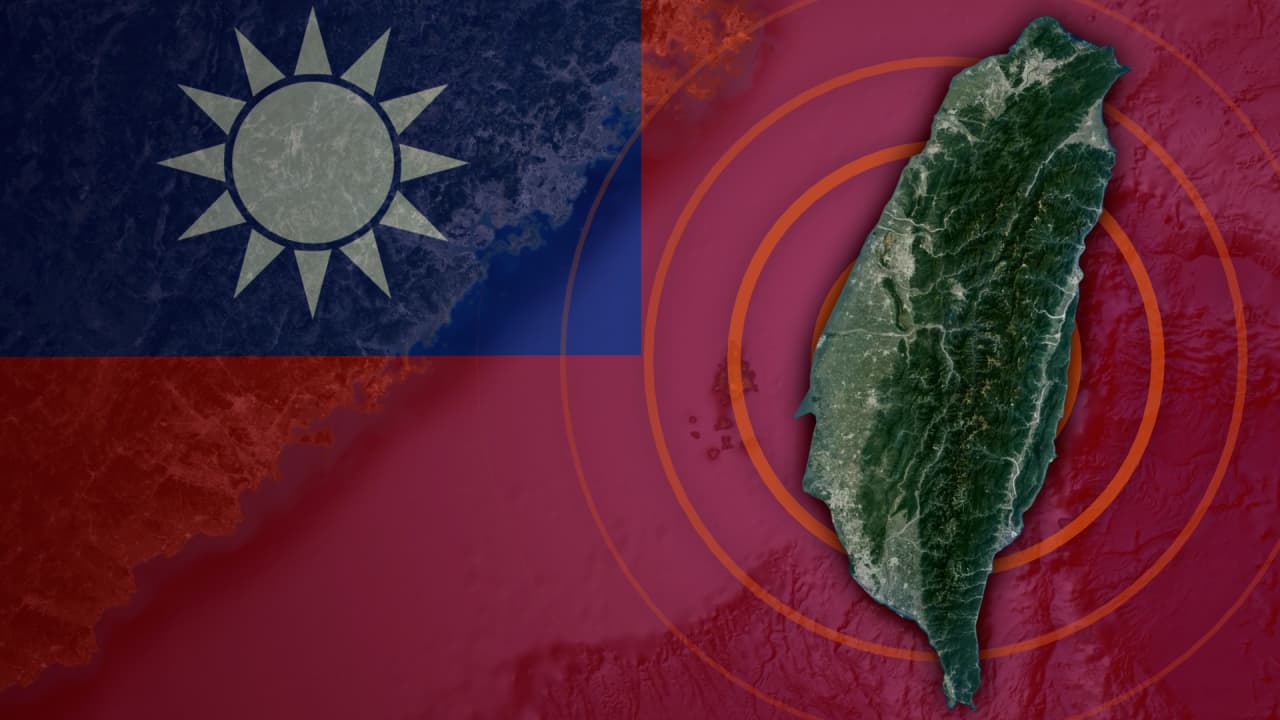5 Ways China May Invade Taiwan

Introduction to the Taiwan Strait Conflict

The Taiwan Strait has been a point of contention for decades, with China claiming Taiwan as its own territory and Taiwan considering itself a sovereign state. The situation is complex, with both sides having their own governments, economies, and military forces. Recently, tensions have escalated, with China increasing its military presence and diplomatic pressure on Taiwan. In this context, it’s essential to consider the possible ways China might invade Taiwan. This article will explore five potential scenarios, highlighting the military, economic, and diplomatic factors that could influence such a decision.
Military Build-up and Modernization

China has been rapidly modernizing its military, with a focus on developing capabilities that could be used in a potential invasion of Taiwan. The People’s Liberation Army (PLA) has made significant advancements in areas such as cyber warfare, electronic warfare, and space-based assets. These capabilities could be used to disrupt Taiwan’s command and control systems, disable its air defenses, and gain a strategic advantage in the early stages of a conflict. Additionally, China has been increasing its military presence in the Taiwan Strait, with a growing number of naval vessels, submarines, and aircraft deployed in the region.
Scenario 1: Amphibious Assault

One possible way China could invade Taiwan is through an amphibious assault. This would involve a large-scale landing of troops and equipment on Taiwan’s beaches, supported by naval gunfire, air power, and special operations forces. China has been developing its amphibious capabilities, with the introduction of new landing ships, amphibious assault ships, and hovercraft. However, an amphibious assault would be a complex and risky operation, requiring careful planning and coordination to succeed.
Scenario 2: Air Campaign

Another possible scenario is an air campaign, in which China uses its air force to gain control of the skies over Taiwan. This could involve air-to-air combat, ground attack missions, and electronic warfare operations. China has been developing its air force, with the introduction of new fighter jets, bombers, and transport aircraft. An air campaign would allow China to attack Taiwan’s air defenses, military bases, and key infrastructure, potentially weakening its ability to respond to an invasion.
Scenario 3: Blockade and Siege

A third possible scenario is a blockade and siege of Taiwan. This would involve China using its naval vessels and aircraft to blockade Taiwan’s ports and airspace, preventing the importation of goods and supplies. China could also use cyber attacks and electronic warfare to disrupt Taiwan’s economy and infrastructure. A blockade and siege would be a slower and more gradual approach, aiming to wear down Taiwan’s resistance and force it to negotiate a surrender.
Scenario 4: Special Operations and Sabotage

A fourth possible scenario is the use of special operations forces and sabotage to disrupt Taiwan’s military and infrastructure. China could use special forces to conduct raids, sabotage, and intelligence gathering missions behind enemy lines. This could involve targeting Taiwan’s command and control systems, logistics hubs, and key infrastructure. Special operations and sabotage would be a covert and clandestine approach, aiming to weaken Taiwan’s ability to respond to an invasion.
Scenario 5: Diplomatic and Economic Pressure

A fifth possible scenario is the use of diplomatic and economic pressure to force Taiwan to surrender. China could use its economic influence to pressure Taiwan’s trading partners to cut ties, and its diplomatic influence to isolate Taiwan internationally. China could also offer economic incentives to Taiwan’s business leaders and politicians, aiming to persuade them to support reunification. Diplomatic and economic pressure would be a slower and more gradual approach, aiming to wear down Taiwan’s resistance and force it to negotiate a surrender.
🚨 Note: The scenarios outlined above are speculative and based on publicly available information. The actual plans and intentions of the Chinese government are unknown, and the situation in the Taiwan Strait is complex and dynamic.
In terms of the potential consequences of a Chinese invasion of Taiwan, there are several factors to consider. These include: * The human cost of a conflict, which could be significant * The economic impact on the region, which could be severe * The strategic implications of a Chinese invasion, which could have far-reaching consequences for the balance of power in the Asia-Pacific region * The response of the international community, which could include diplomatic pressure, economic sanctions, and military intervention
To summarize, the potential ways China could invade Taiwan are complex and multifaceted. The scenarios outlined above highlight the military, economic, and diplomatic factors that could influence such a decision. It’s essential to consider the potential consequences of a Chinese invasion, including the human cost, economic impact, strategic implications, and response of the international community.
What are the main scenarios for a Chinese invasion of Taiwan?

+
The main scenarios for a Chinese invasion of Taiwan include an amphibious assault, air campaign, blockade and siege, special operations and sabotage, and diplomatic and economic pressure.
What are the potential consequences of a Chinese invasion of Taiwan?

+
The potential consequences of a Chinese invasion of Taiwan include a significant human cost, severe economic impact, far-reaching strategic implications, and a response from the international community.
How has China been preparing for a potential invasion of Taiwan?

+
China has been preparing for a potential invasion of Taiwan by modernizing its military, increasing its military presence in the Taiwan Strait, and developing its amphibious, air, and special operations capabilities.



